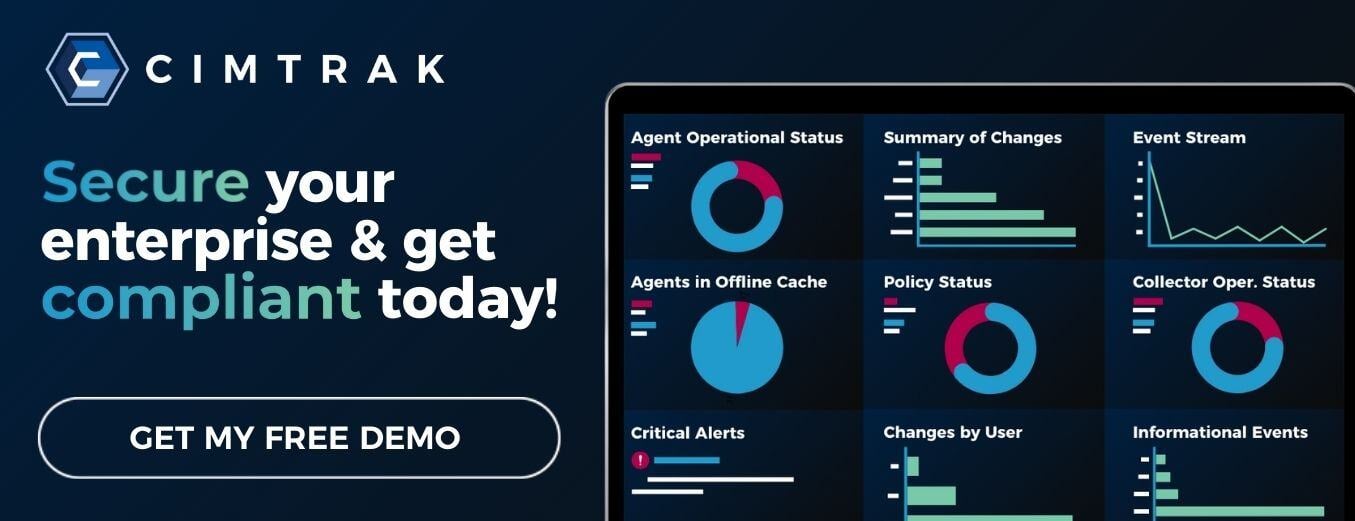Zero-day vulnerabilities remain a significant threat to cybersecurity, particularly for enterprise environments. One of the latest and most concerning examples is CVE-2024-38213, nicknamed "Copy2Pwn." This vulnerability allows attackers to bypass the Windows Mark of the Web (MotW) security feature. By exploiting this flaw, malicious files can enter a system without being flagged as untrusted. Given the active exploitation of this vulnerability, organizations are urged to consider upgrading their security measures.
Understanding the Zero-Day Threat: CVE-2024-38213
CVE-2024-38213 is more than just a typical vulnerability—it's a zero-day exploit, meaning it was actively exploited by attackers before a patch was available. Discovered in August 2024, this flaw specifically targets the MotW feature in Windows. Normally, files downloaded from the internet or copied from certain network locations are tagged with MotW, signaling to Windows that they should be treated with caution. However, due to this vulnerability, files copied from WebDAV shares (a type of web-based file-sharing service) bypass this critical security check. What makes CVE-2024-38213 particularly dangerous is its ability to evade all the usual security defenses that rely on MotW, such as Windows Defender SmartScreen and Office Protected View. This allows attackers to execute malicious code with minimal user interaction, often without any immediate signs that something is amiss. The zero-day nature of this exploit means that traditional security tools may not detect it, underscoring the need for more advanced solutions like integrity monitoring.
Why Integrity Monitoring is Essential for Zero-Day Detection
Traditional security measures, such as antivirus and firewall systems, are often reactive—they rely on known signatures and behaviors to identify threats. However, zero-day attacks like CVE-2024-38213 are unknown to these systems, allowing them to slip through the cracks. This is where integrity monitoring becomes crucial.
Integrity monitoring solutions like the CimTrak Integrity Suite are designed to detect unauthorized changes to files, configurations, and system settings in real-time. Unlike signature-based tools, integrity monitoring doesn't rely on prior knowledge of the attack; instead, it alerts security teams to any changes that could indicate a breach, even if the specific exploit is unknown. This makes CimTrak uniquely capable of detecting zero-day threats like CVE-2024-38213.
CimTrak: The Best Integrity Monitoring Solution on the Market
When it comes to integrity monitoring, CimTrak is the gold standard. Its real-time monitoring capabilities are second to none, providing immediate alerts for any unauthorized changes in your environment. This is particularly important for detecting the subtle changes that occur when a zero-day exploit like CVE-2024-38213 is deployed.
Key Features of CimTrak
- Real-Time File Integrity Monitoring: CimTrak Continuously monitors all critical files and system components, ensuring that any change—whether benign or malicious—is detected and logged. This is essential for identifying the presence of malicious files that have bypassed traditional security mechanisms, as is the case of CVE-2024-38213.
- Comprehensive Change Detection: CimTrak doesn't just monitor files; it tracks changes across your entire IT infrastructure, including configurations, applications, and even network settings. Such comprehensive monitoring is vital for identifying zero-day attacks, which often involve changes to system configurations to facilitate further exploitation.
- Automated Response Capabilities: CimTrak can be configured to automatically respond to detected threats, such as rolling back unauthorized changes or quarantining suspicious files. This automated response is crucial in mitigating the impact of a zero-day attack, minimizing the time that an attacker has to exploit the vulnerability.
- Audit Trails and Forensic Analysis: In the aftermath of an attack, CimTrak provides detailed audit trails that allow security teams to reconstruct the events leading up to the breach. This forensic capability is invaluable for understanding how a zero-day exploit was used and for preventing future attacks.
Protect Your Organization from CVE-2024-38213 Exploits
Zero-day exploits like CVE-2024-38213 highlight the limitations of traditional security tools and the critical need for advanced solutions like CimTrak. By providing real-time monitoring and comprehensive change protection, CimTrak stands out in the integrity monitoring space, offering the robust defense needed to detect and respond to these elusive threats.
In a world where zero-day vulnerabilities are increasingly common, integrating CimTrak into your cybersecurity strategy is not just advisable—it's essential. Ensure your enterprise is protected against the next CVE-2024-38213 by deploying today's most advanced integrity monitoring solution.
.png?width=50&height=50&name=Robert%20(1).png)
September 5, 2024




